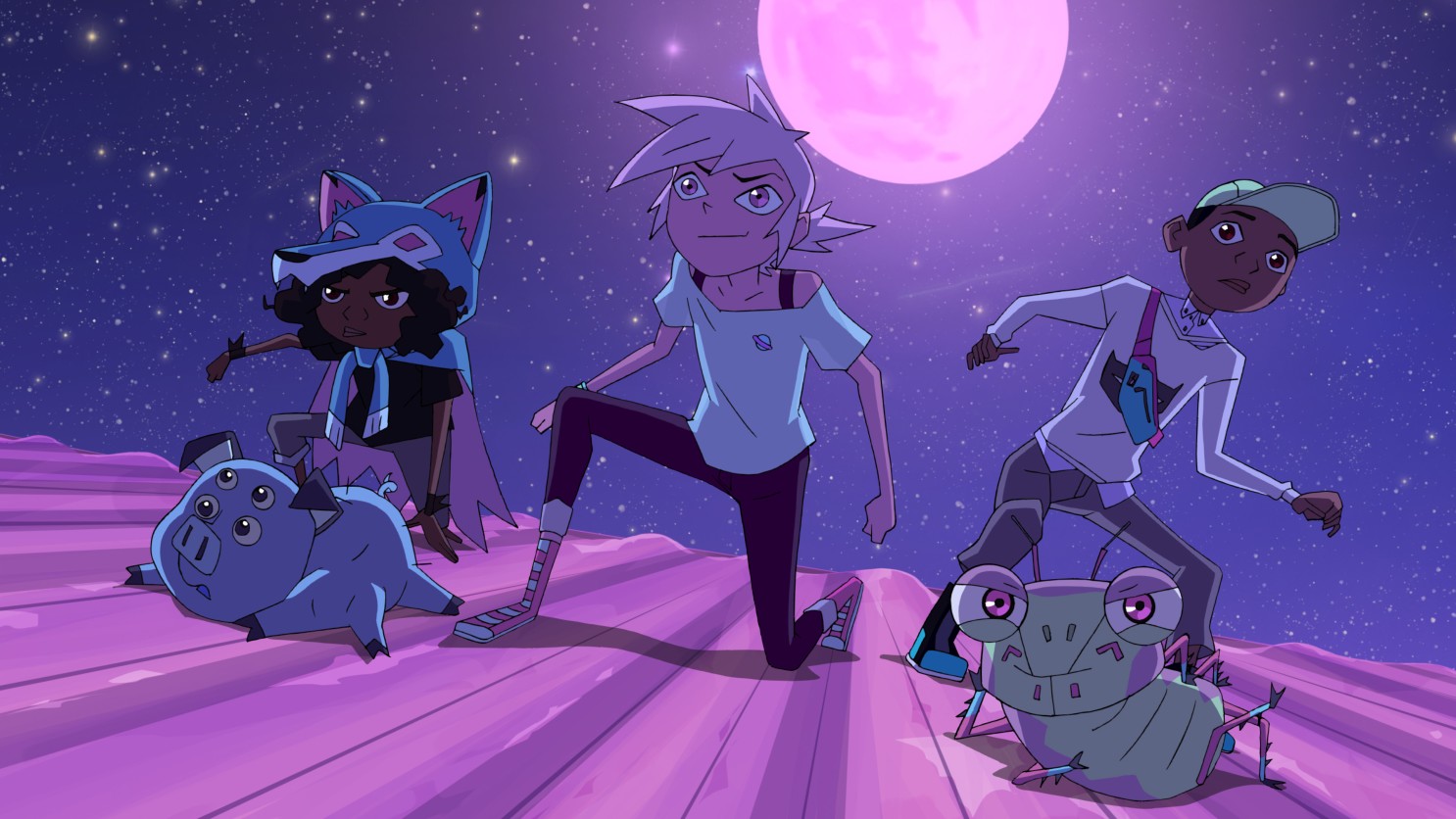Table of Contents Show
All the way back in January 2020, Netflix released Kipo and the Age of Wonderbeasts, an animated show from creator Radford Sechrist, to instant acclaim from audiences and critics. After a second season aired in July, October finally brought the show’s eagerly awaited third and final season. Season 3 brings all the high-flying adventure, excellent animation, and energized music the series is known for. It also throws a curve in the series’ roller coaster of a plot by pitting the protagonists against a newly unmasked villain in the form of the heinous Dr. Emilia.
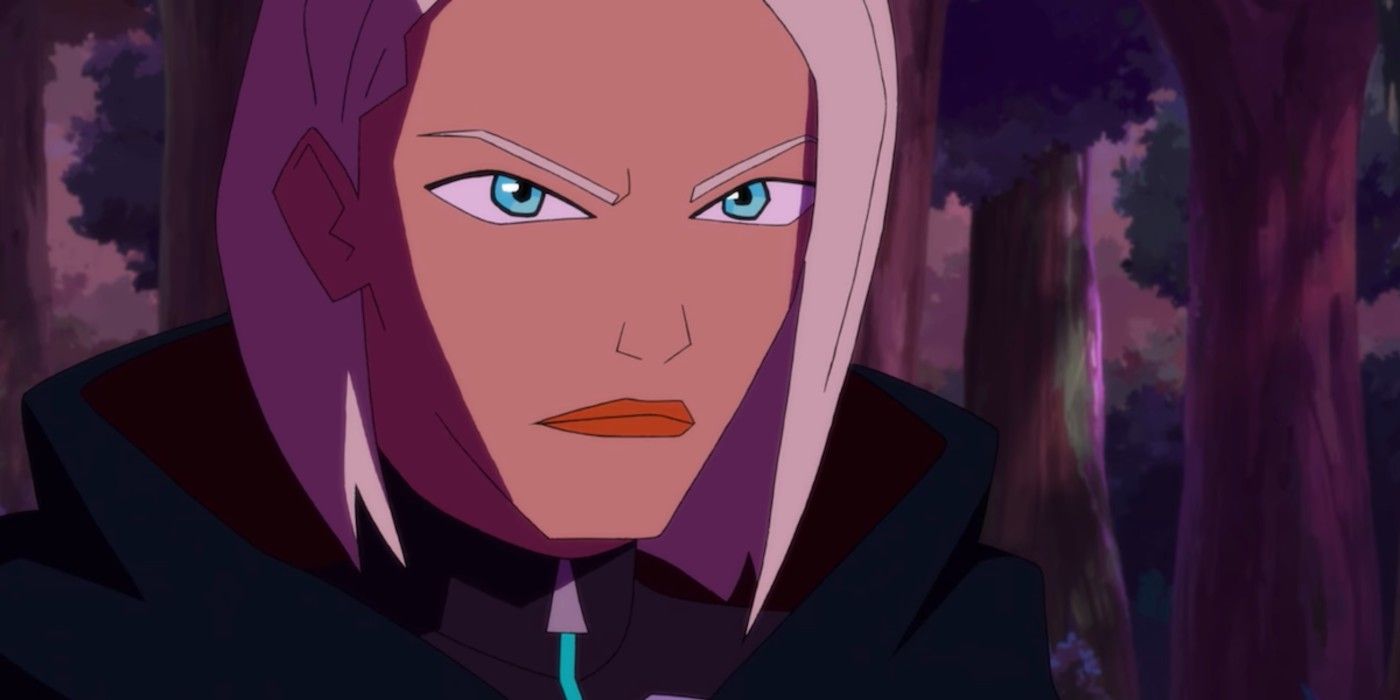
Their mission to defeat Emilia tests their prowess in battle and wit, but above all, their compassion and emotional fortitude in the face of absolute evil. Over the course of their conflict, it eventually becomes clear that the greatest strength of both series protagonist Kipo and Dr. Emilia is their unerring commitment to their beliefs. The series’ most powerful message, however, emerges in how that strength ultimately becomes a weakness.
Catching Up With Kipo
A lot happens in the first two seasons of Kipo, so a quick refresher is in order. The series is set in a post-apocalyptic world where an event known as the Great Mutant Outbreak caused most animals on earth to grow in size and develop advanced intelligence. Surviving humans fled underground into communities called burrows while the mutant animals, known colloquially as “mutes,” dominated the surface. Two hundred years later, a burrow under the city of Las Vistas is attacked by a gargantuan mega mute, and Kipo, the daughter of a human scientist in the burrow, escapes to the surface alone.
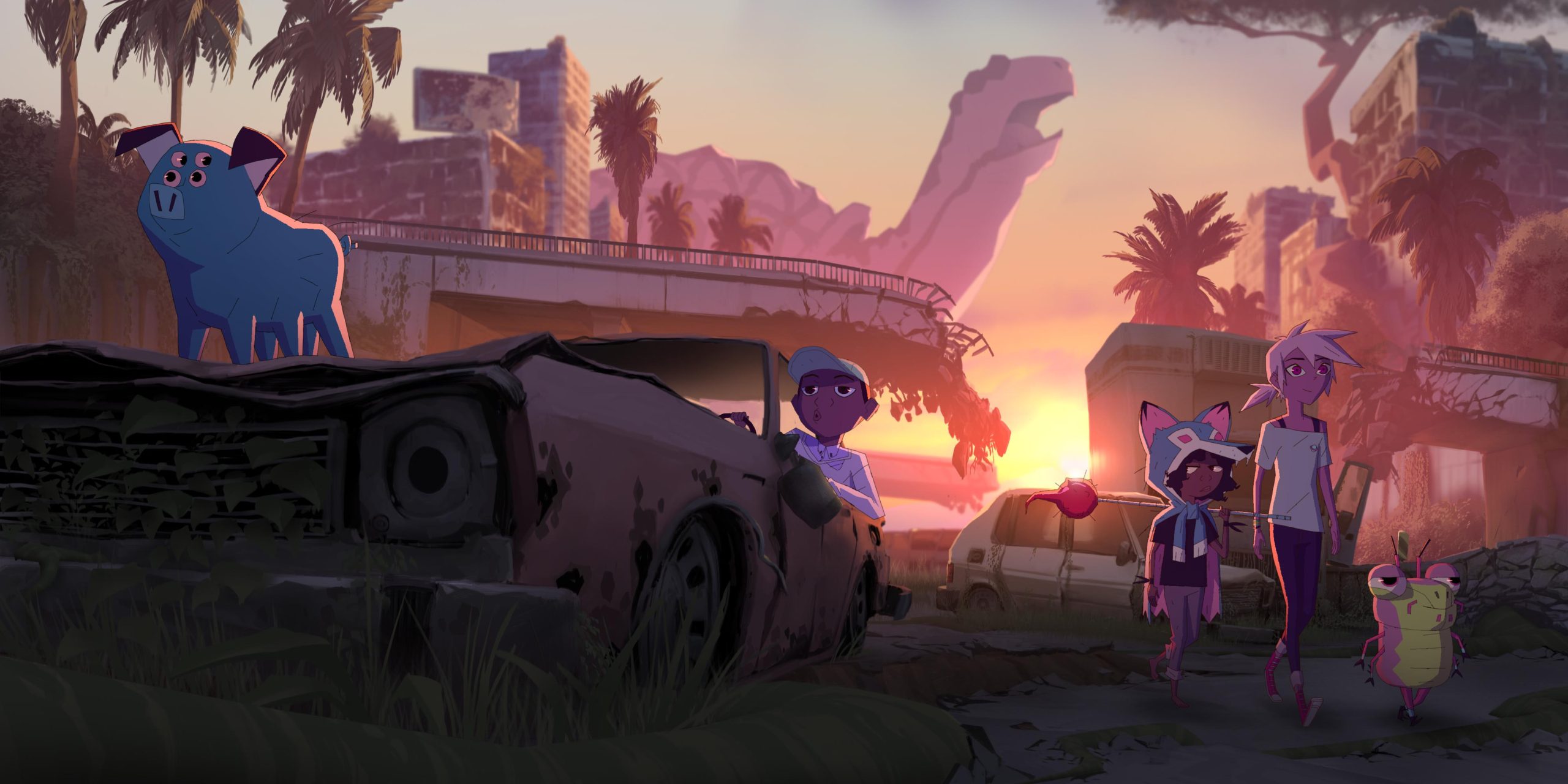
Kipo’s magnetic charisma quickly earns her several allies, some surprisingly friendly mutes, and some rare surface-dwelling humans, as she quests to find the people of her burrow again. It’s not long before Kipo and her gang catch wind of Scarlemagne, a mandrill mute and would-be tyrant who wants to use his mind-controlling pheromones to create an army of obedient humans and subjugate all other mutes and humans alike. He’s the villain of the first two seasons, and in order to defeat him, Kipo is forced to discover a horrifying truth about her past: that her parents experimented on her as a baby and gave her the ability to transform into a gigantic mega-mute jaguar.
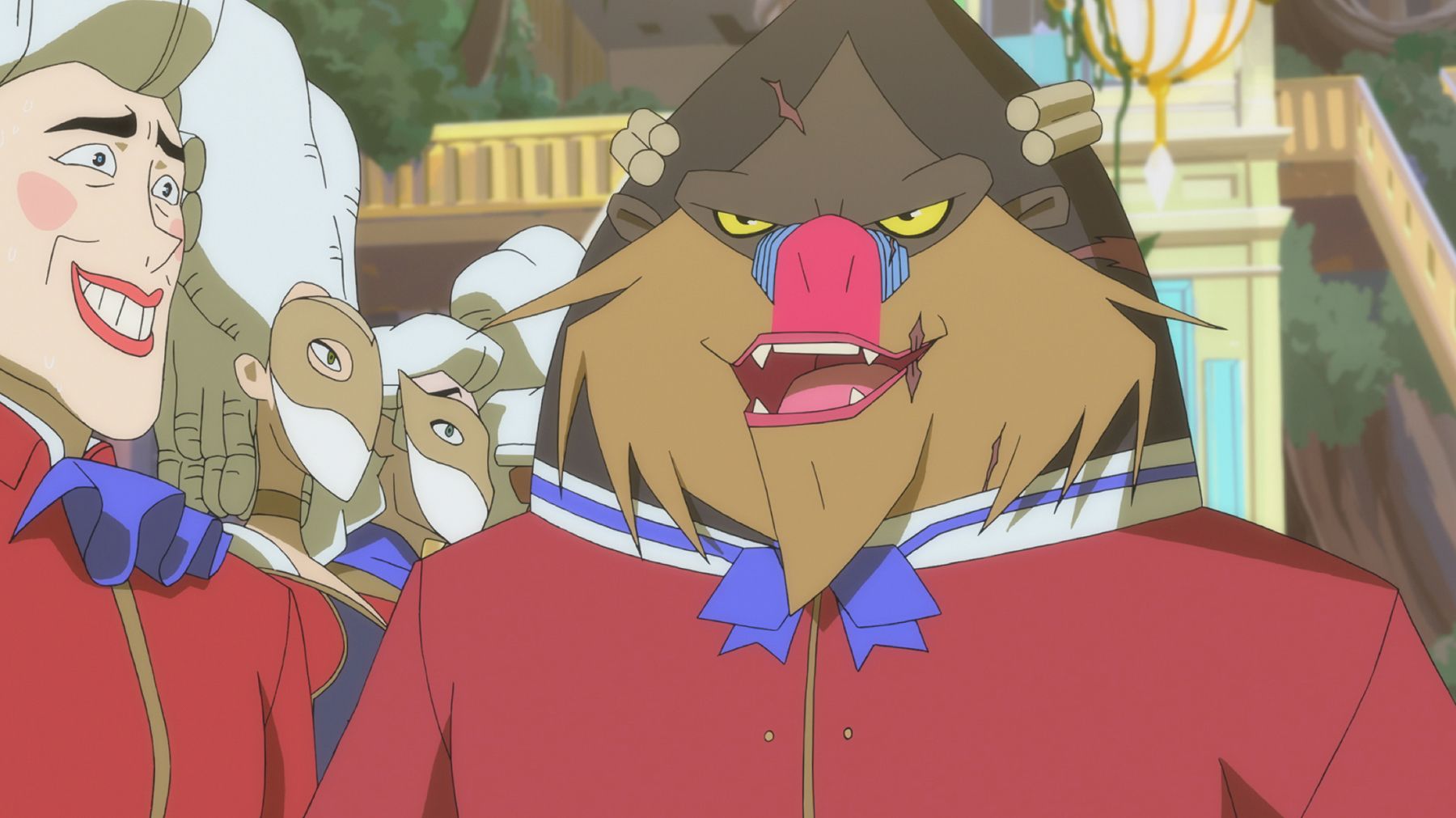
In a twist of fate, it’s eventually revealed that Scarlemagne was another of her parents’ experiments, conducted under the supervision of the manipulative and cruel Dr. Emilia. After Scarlemagne is defeated at the end of Season 2, Emilia reveals herself and rallies the humans of Las Vistas under a mission to “cure” all mutes and take back the surface for humanity.
Head To Head
One of the things that’s unique about Season 3’s story is that the characters’ ideologies almost completely drive it. In a world defined by a deep divide between humans and mutes, Kipo’s commitment to finding solidarity between the species and forging a shared society is pretty amazing. However, because of recent grievances, such as the mega mute rampage that destroyed Kipo’s home and Dr. Emilia’s raids on mute strongholds, bridging the divide will require a lot of forgiveness and compassion.
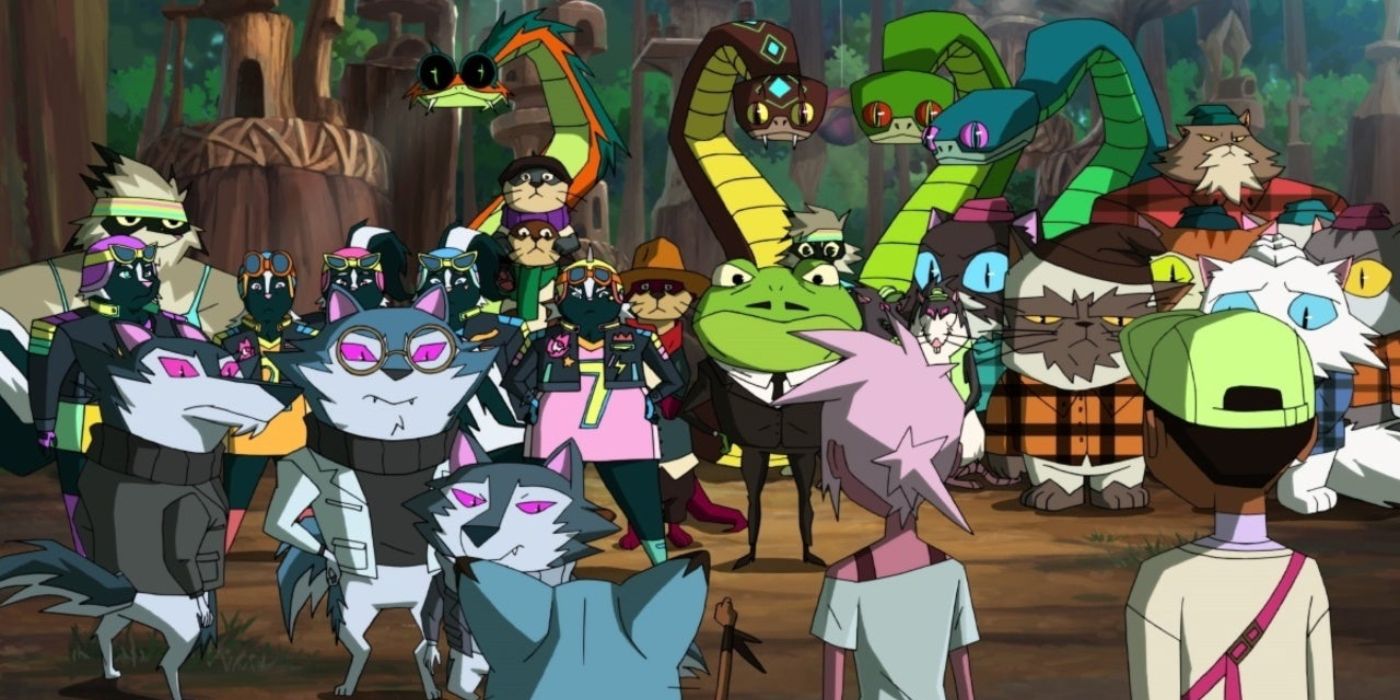
Luckily, Kipo is willing to believe that anyone can be redeemed, and she imparts that message to her human community and her new mute friends alike. Dr. Emilia holds the opposite ideology to Kipo’s multicultural optimism. Emilia is an anti-mute chauvinist who believes that all mutes should be “cured” of their mutations and turned back to regular animals, losing their sentience in the process.
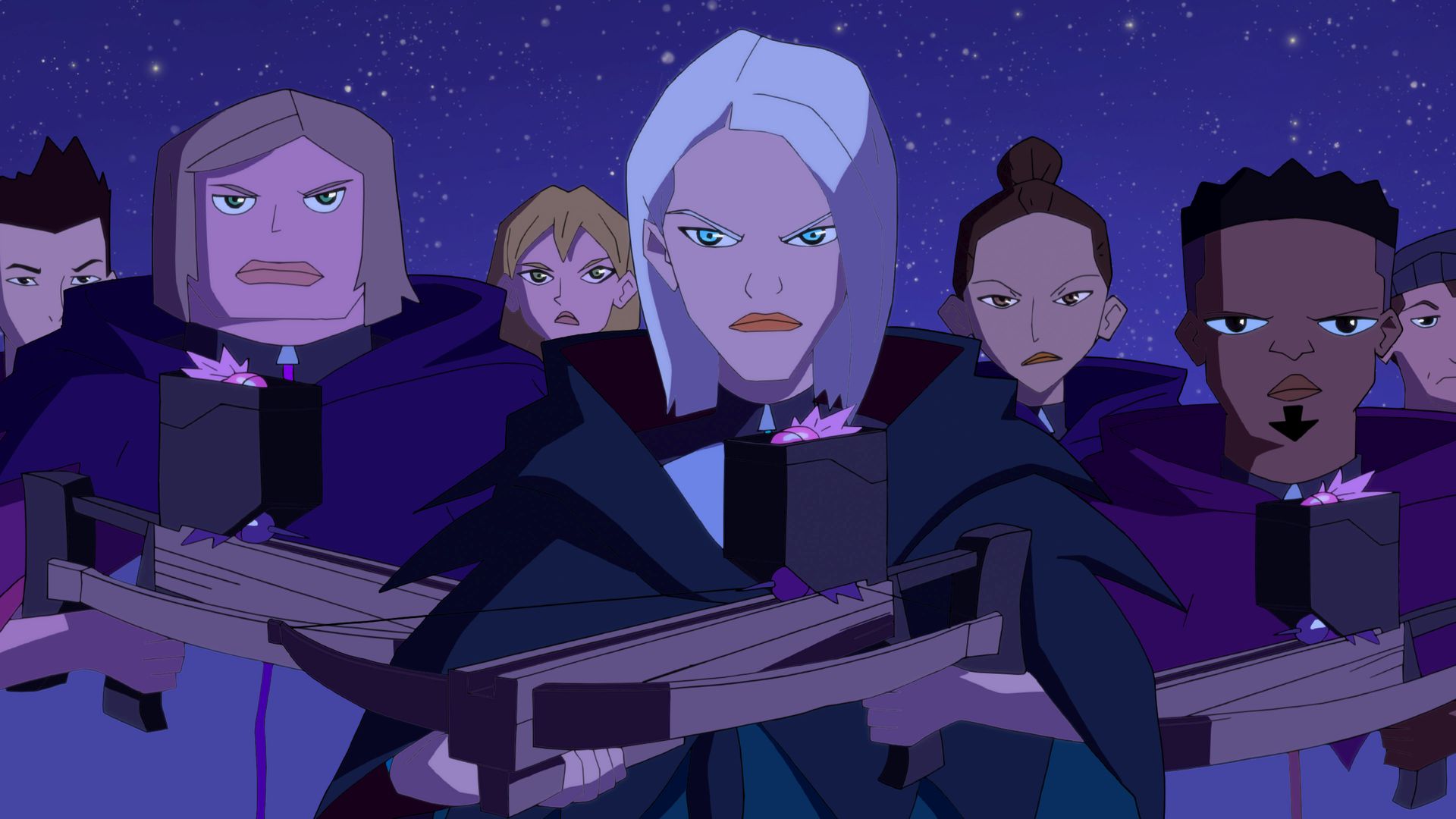
Throughout the course of the season, she demonstrates her complete commitment to her plan, again and again, cruelly depriving mute after mute of their intelligence. However, Kipo still believes that Emilia’s mind can be changed.
The Winding Road To Redemption
Nonviolent conflict resolution and redemption for former villains are common in animated television shows, especially those that target younger audiences. Some series, such as Naruto, are known for repeatedly ending high-stakes battles with mind-changing conversations, even if it seems a little out of character sometimes.
“Naruto… can talk to the most evil, depressed, and twisted people and make them change their entire life’s ideology in a matter of minutes.”
“Talk No Jutsu,” Konoha Library Wiki
(( “Talk No Jutsu.” Konoha Library Wiki, konohalibrary.fandom.com/wiki/Talk_No_Jutsu. ))
Some other series, such as Steven Universe, have deliberately subverted the trope, showing that some characters have ideologies so toxic or have done things so reprehensible that the story can’t genuinely redeem them.
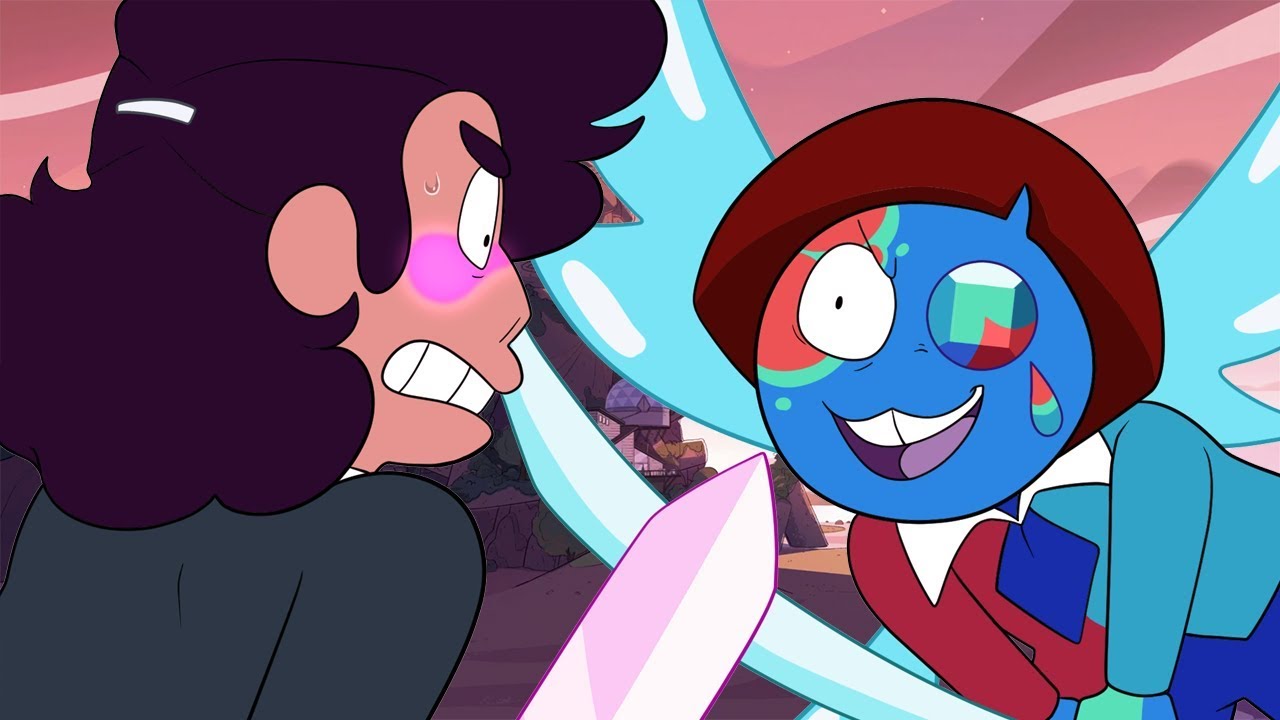
Credit: Cartoon Network Studios
Kipo has a unique and self-aware take on the trope. Scarlemagne is given a redemption arc, but only after Kipo failed to change his mind in Season 2 and was forced to defeat and imprison him. There are no unrealistic, eleventh-hour changes of heart here; it takes all of Season 3 for Scarlemagne to change his power-hungry ways and gain Kipo’s trust. As for Dr. Emilia… well, for most of the season, it’s hard to say what will happen. As the audience, we’re tempted to believe in Kipo’s optimism, and we’re always rooting for Dr. Emilia to see the light. But on the other hand, it’s hard to see Emilia changing.
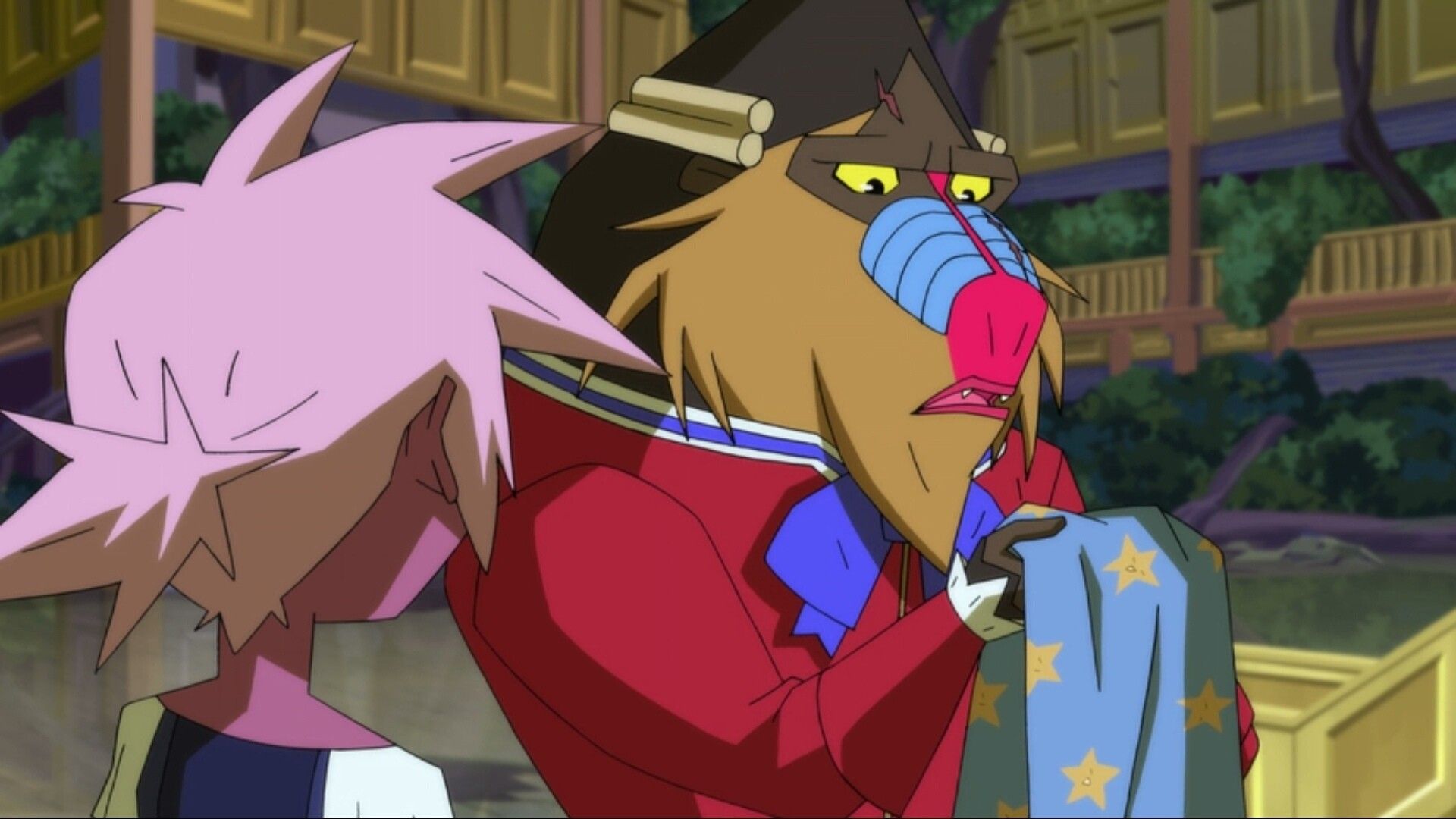
She’s truly ruthless and steadfast in her hatred of mutes. However, that doesn’t stop Kipo from believing in her, and as a result, she almost completely refuses to resort to violence. For most of the season, the two are at an ideological stalemate. While Kipo and Emilia stare each other down, however, the battle continues. Kipo attempts to sneak into Emilia’s base, and Emilia retaliates by raiding the mute’s stronghold. In the process, Emilia’s soldiers manage to cure dozens of mutes, turning them back into regular animals.
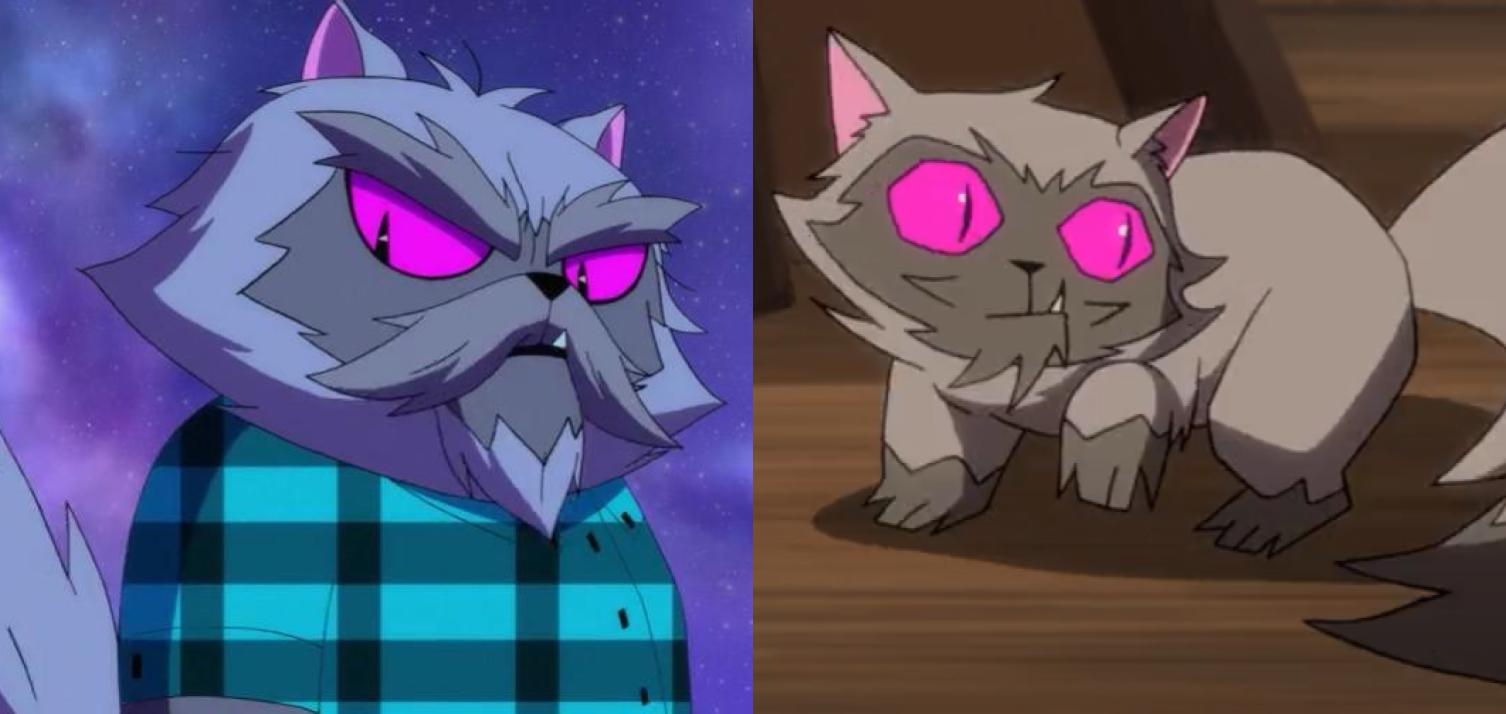
Credit: Netflix
Kipo is undoubtedly on the right side of this ideological conflict, but her insistence on waiting around for Emilia to change her mind has real consequences for her mute friends. In this deadlocked situation, Kipo’s actual ideology is irrelevant because the tragic result remains; in some ways, she’s just as complicit in the violence as Emilia.
Making The Grade
Of course, Kipo and Emilia’s mutual complicity begs the question: how did they end up in such a rigid stalemate? Are this hero and villain actually more similar than they first appear? Though Kipo and Emilia have conflicting ideologies, they share the same fatal tendency: refusing to acknowledge new information. Emilia’s anti-mute chauvinism is supposedly built on the idea that mutes are violent and dangerous to humans. However, Kipo and her friends are living proof that humans can live in harmony with mutes, who are actually perfectly reasonable and friendly.
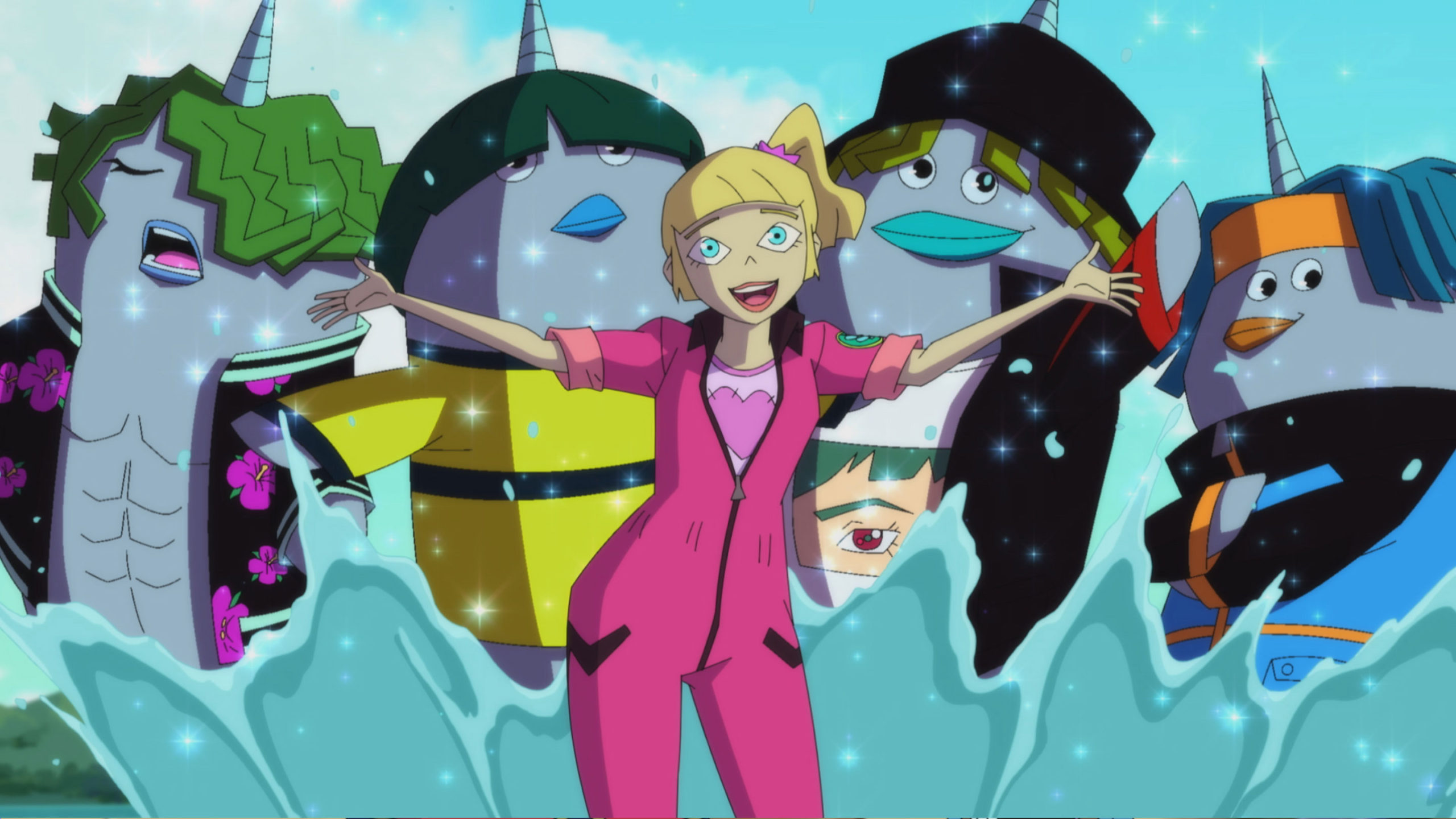
Credit: Netflix
That only becomes clearer as members of Emilia’s “human resistance” defect to Kipo’s side and join her interspecies community. Emilia’s ideology, however, blinds her to this fact. She fails to see that mutes aren’t dangerous and that de-escalation is objectively the more favorable outcome. A mid-season flashback to Emilia’s past makes the reason for her commitment clear. Her father, a scientist who made the first inroads into developing the cure, hounds her about her performance in her burrow school, insisting that she finish his work and take back the surface for humans.
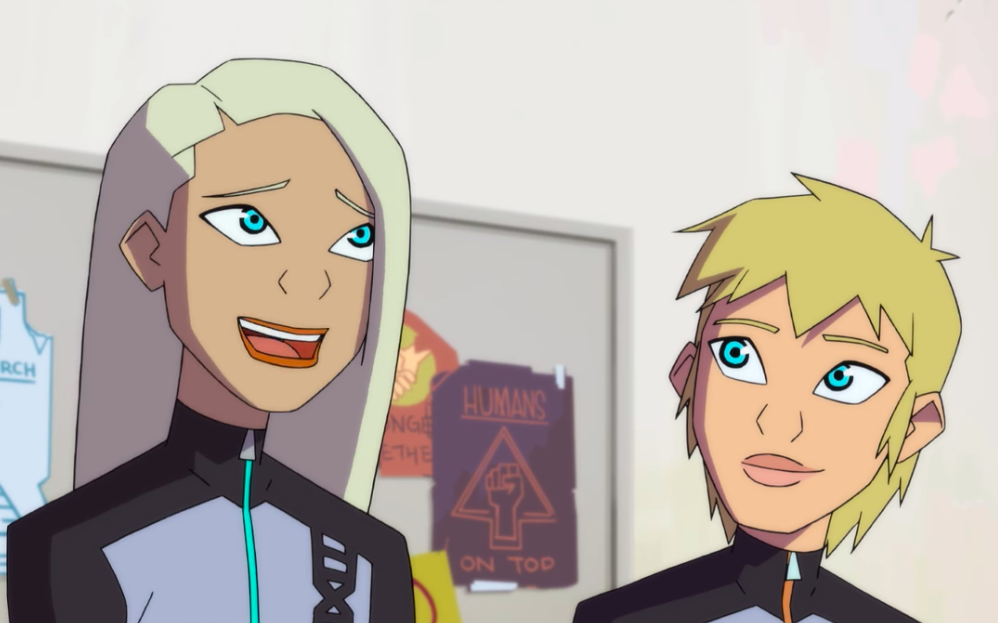
Later, a song called “I’ve Got an ‘A’ In Love” by 1950s pop-rocker Al Hazan plays as Emilia gears up for her final attack on Kipo’s human/mute reconciliation party. A song about grades is absolutely perfect for showing that Emilia’s ideology is actually all about her misplaced desire to live up to her father’s expectations. It’s hard to change someone’s mind about something that deep-seated.
Some People Just Can’t Change
Kipo, meanwhile, always stands by her belief in forgiveness, no matter how cruel Emilia demonstrates herself to be or how many of Kipo’s mute friends she ruthlessly cures. This is partially a careful political move. After all, Kipo’s vision of a shared future is built on humans and mutes forgiving each other. If she can’t forgive Emilia, then everyone else might lose faith in the project, especially those humans who still harbor loyalties toward Emilia.
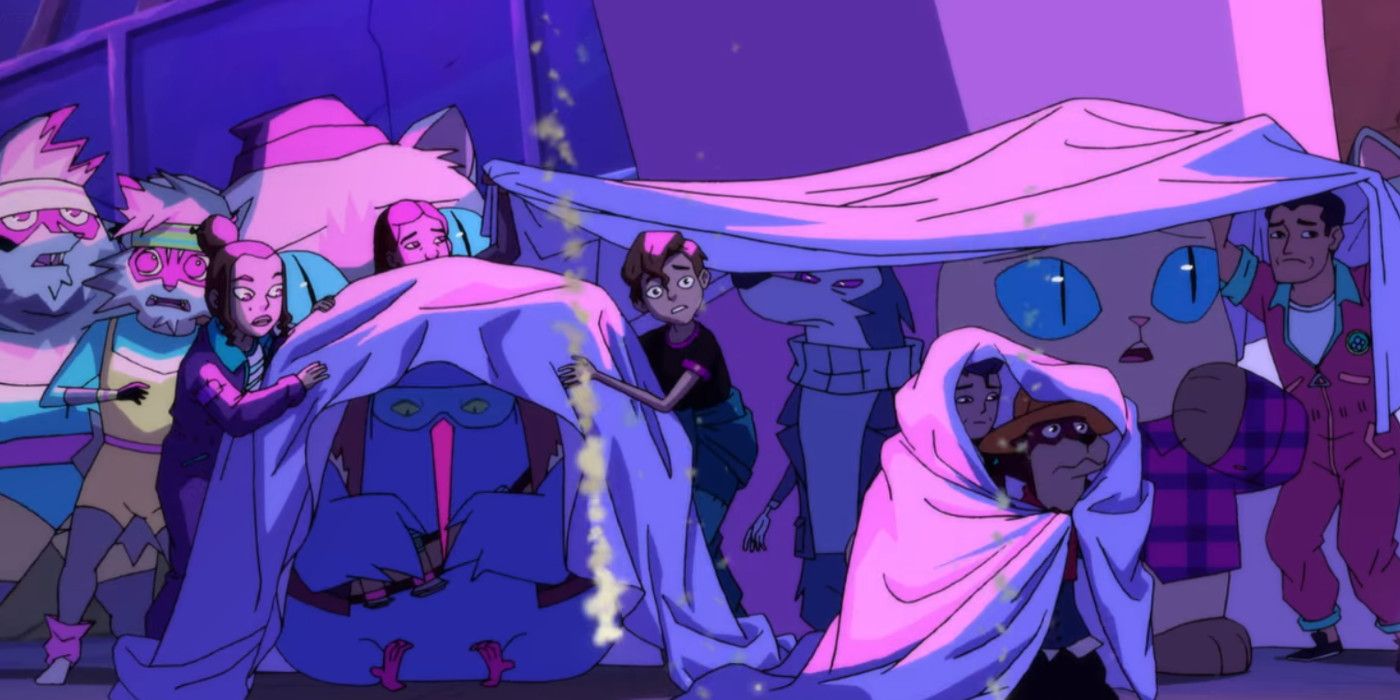
So, Kipo leaves Emilia alone and proceeds with her interspecies party, which successfully brings humans and mutes together. When Emilia shows up and launches a sneak attack, she instantly loses the sympathies of every human in attendance, who rush to protect their new Mute friends from being cured. Yet again, Kipo’s commitment to compassion toward Emilia results in a close call for her mute friends.
Now, it would seem that Kipo can stop sparing Emilia for the sake of the cause and take her out, but after the battle is over and Emilia is backed into a corner… Kipo offers her hand in friendship, despite all the evidence indicating that Emilia will never change. And, just as expected, Emilia grabs a shard of broken glass and tries to stab her in the back one more time, only for Kipo’s pig mute friend Mandu to knock her into an abandoned burrow.
See What’s In Front Of You
Though many stories have turned the villain redemption trope on its head before, Kipo is unique because it uses it to create a compelling parallel between its hero and villain and deliver a much bigger message than “some people won’t change.” Kipo is delusional in her insistence that Emilia changes her mind. Still, Emilia’s parallel delusion about dangerous mutes reveals that Kipo’s problem is a symptom of a larger refusal to adjust her worldview in the face of new information. Kipo’s unwavering compassion makes her who she is.
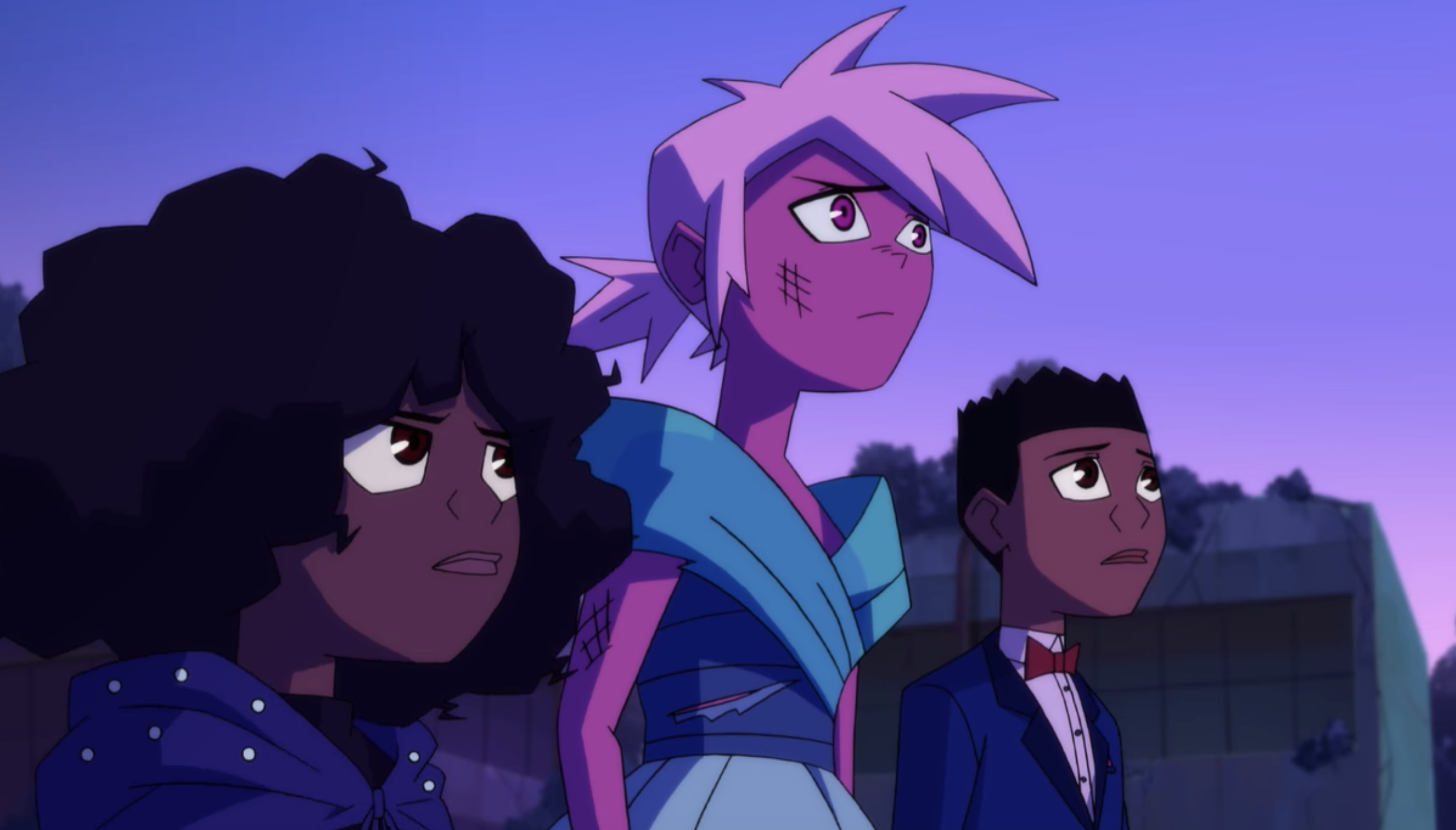
But the “unwavering” part got dozens of her mute friends cured and could have resulted in even more being cured during Emilia’s final raid. Her stubbornness could have even cost her her life when Emilia tried to stab her if it wasn’t for Mandu’s timely intervention. An epilogue at the end of Kipo and the Age of Wonderbeasts shows an older Kipo living in a new Las Vistas peacefully shared by humans and mutes. She has no more battles to fight, so her uncritically compassionate worldview is presumably never challenged again.
As the audience, however, we can see that the show’s deeper message is about the necessity to adapt and change when confronted with new information, no matter how just your original ideology might have been.
